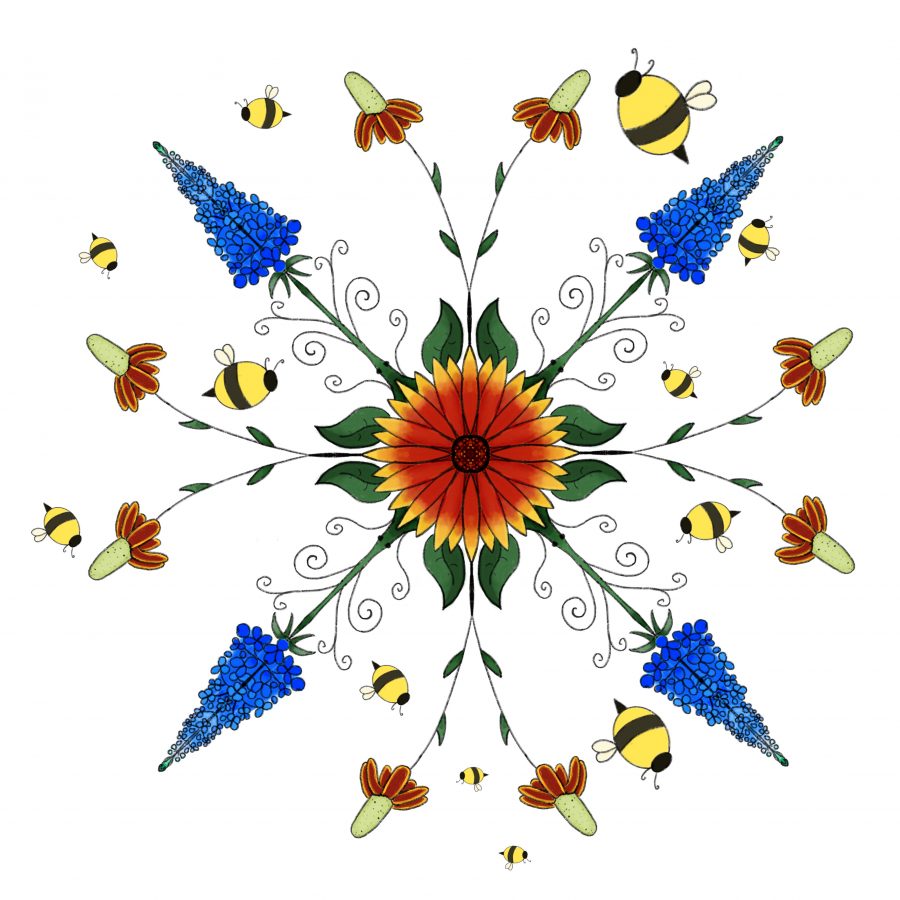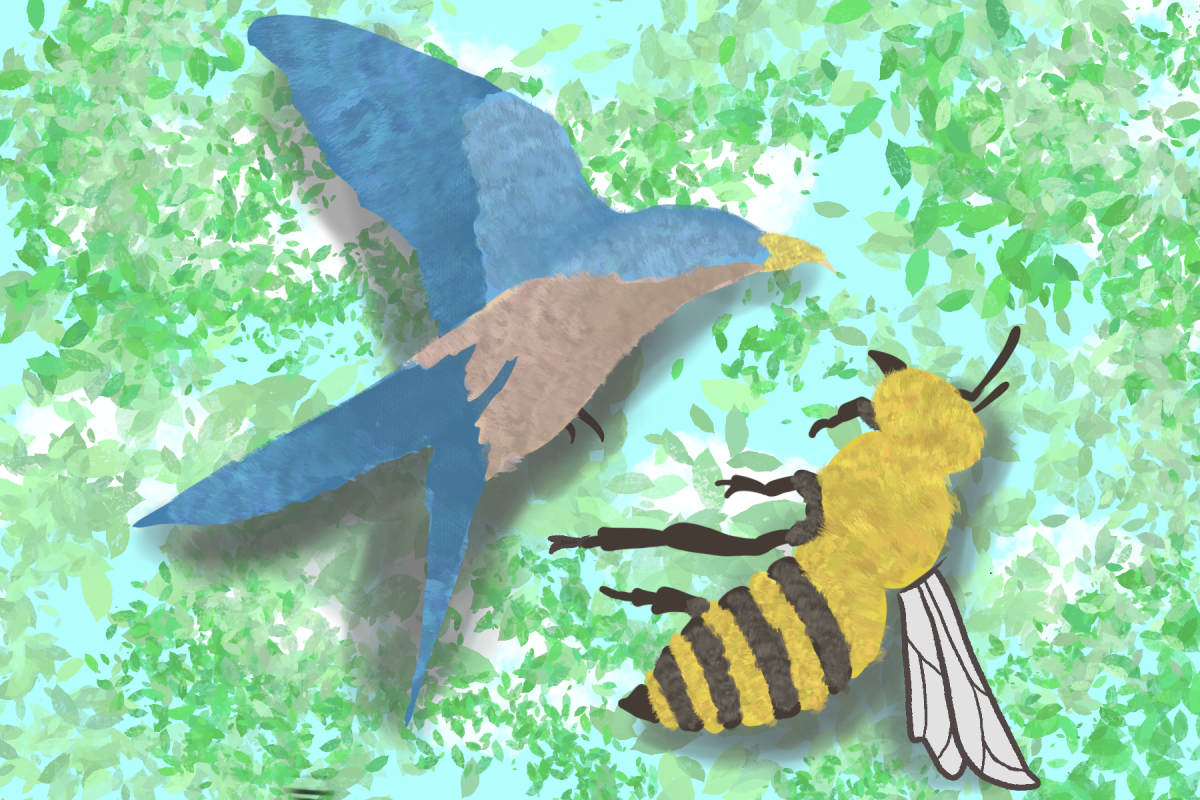The scent of bluebonnets is one of my favorites. I always loved seeing them bloom in my front yard, and the image of them along I-35 is iconic to Texas.
It seems odd, then, that I see so few around the University.
As a recent freshman who just experienced a spring semester on campus for the first time, wildflowers seemed notably absent. There was plenty of groundskeeping and planting going on, but it seemed limited to planting shrubberies and other small, nondescript plants. UT should augment its landscaping with more wildflowers to brighten the campus and help the environment.
Many students agree that wildflowers would be a welcome addition to campus grounds.
“I think it’d be pretty neat to have more wildflowers on campus,” psychology sophomore Anneli Garcia said. “It would be great to have more around campus, especially since most students walk long distances. It would be a nice pick-me-up.”
These flowers have the potential to do more than just lift students’ spirits, though. They provide critical support to pollinator species, such as bees, whose populations have been sharply declining in recent years, and are in dire need of help.
“One of the biggest threats to pollinators is loss of habitat, so planting wildflowers creates new habitats for bees, butterflies and other pollinators,” said Luke Metzger, director of Environment Texas. “Newly born queen bees need nectar and pollen sources or they can’t start their colonies.”
This isn’t new information. Programs to plant wildflowers already exist. For example, those iconic roadside flowers I mentioned are no accident. The Texas Department of Transportation plants about 30,000 pounds of wildflower seeds each year, seeding approximately 15,000 acres of right of way.
In fact, the University already has ties to wildflower programs. The Lady Bird Johnson Wildflower Center at The University of Texas, located about 12 miles away from downtown, has touted the benefits of wildflowers and other native plants since 1982.
The University has wildflowers in a few spots already, most notably in the field near the Dell Medical School. However, these could easily be expanded to any number of other open spaces around campus.
“The main campus has spaces such as the East Mall, LBJ lawn, South Mall, University Avenue, and a host of tailgating areas where we cannot have wildflowers due to heavy campus use,” said Laurie Lentz, communications manager from Financial and Administrative Services.
Other areas are ruled out due to rain drainage patterns, mowing needs, and incompatibility with other landscaping in the same area. Despite this, it seems that smaller beds could be created around the main campus, such as in the area between the Main Mall and Speedway, or around Burdine.
I like to imagine a warm spring night on the hill between Garrison and McCombs, looking over a grassy hill covered in red and blue flowers. This doesn’t have to be a distant dream, either — it could just as easily be next May. It’s just one round of landscaping away.
Thielman is a history sophomore from Fort Worth.





















